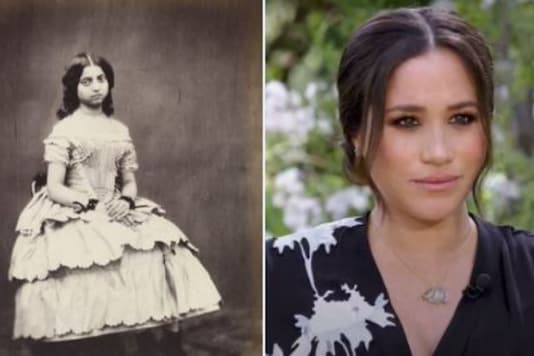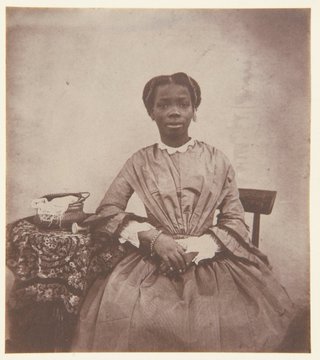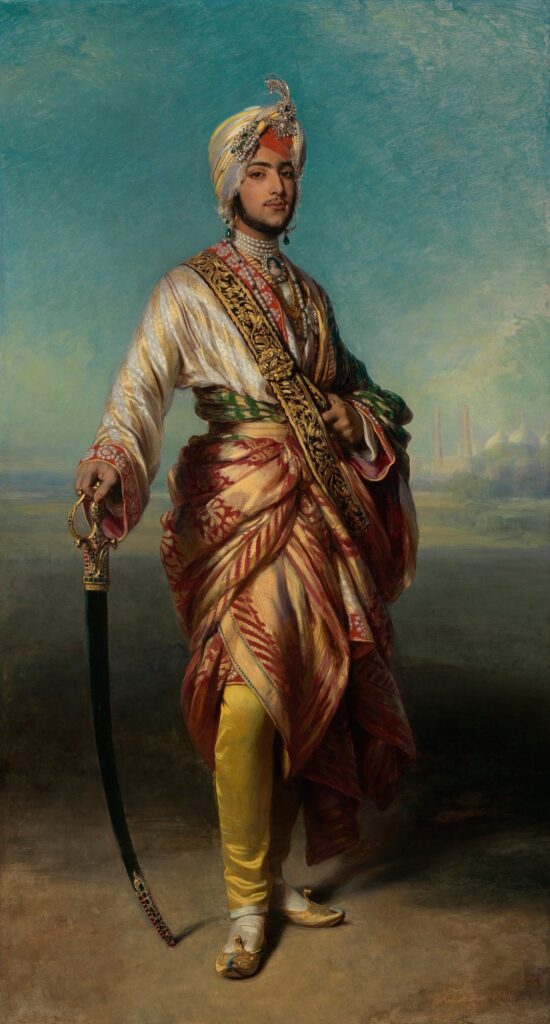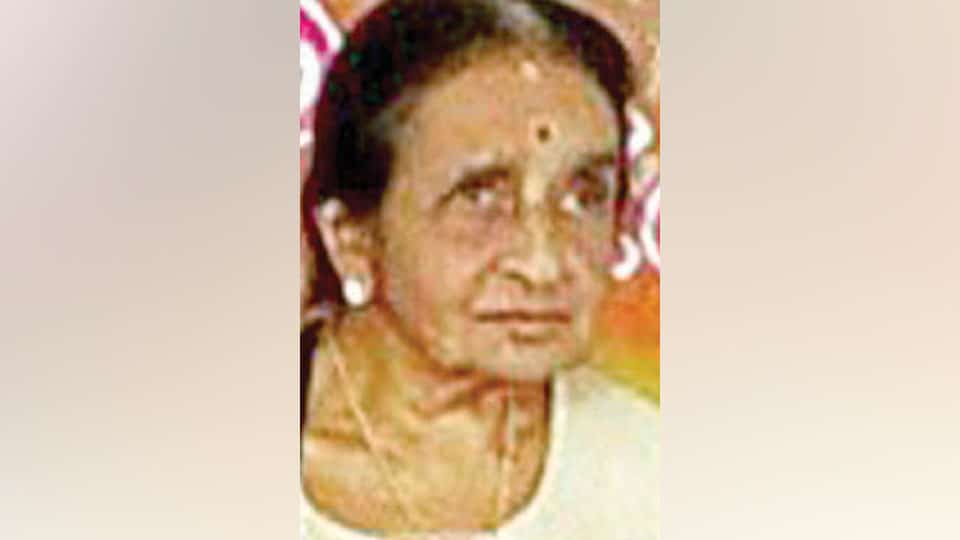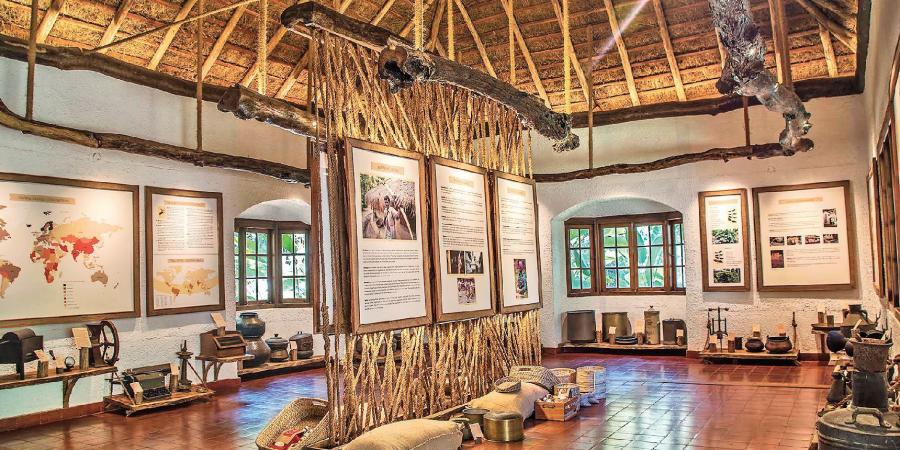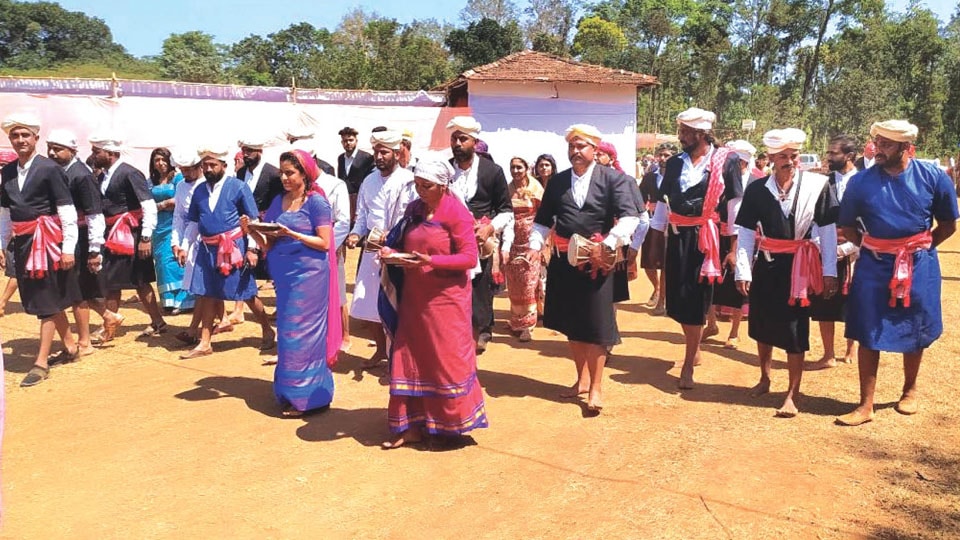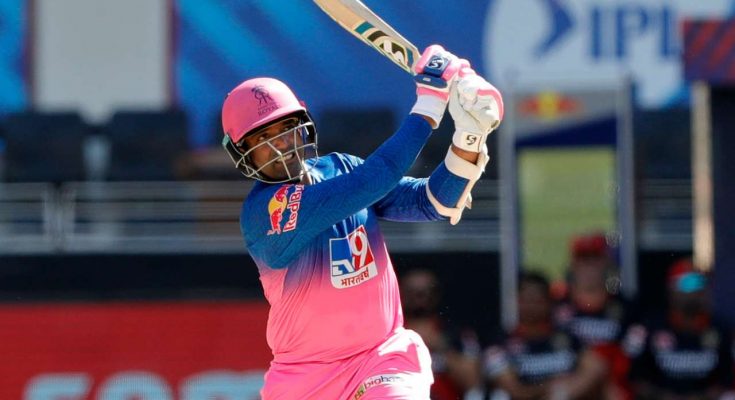
As Rohit Sharma raised his bat while walking back to the pavilion after his record-breaking 264-run knock, he receieved a standing ovation from the crowd as well as the Indian dressing room. But there was another Indian player alongside him at the crease, who perhaps, had an even bigger role to play in helping the Hitman reach that major milestone. That player was none other than the selfless Robin Uthappa.
The 35-year-old has been a seasoned campaigner both in domestic cricket as well as in the Indian Premier League (IPL). However, he never really cemented his place in the Indian team despite making multiple comebacks. Nevertheless, whenever he has received an opportunity, Robin Uthappa has always proven himself as a selfless team man.
In fact, he is one of the most experienced players as far as the IPL is considered. Over the years, he has represented franchises like Royal Challengers Bangalore, Pune Warriors India, Kolkata Knight Riders and Rajasthan Royals.
The veteran right-hander will now embark on a new journey once again as he will play for Chennai Super Kings (CSK) in the upcoming IPL 2021 season. In an exclusive interview with CricXtasy, Robin Uthappa speaks about his fantastic run of form in the recently concluded Syed Mushtaq Ali Trophy and Vijay Hazare Trophy, prospect of reuniting with MS Dhoni at CSK, and much more
Excerpts from Robin Uthappa’s exclusive interview with CricXtasy:
Q: About your IPL days, your best time was probably with KKR. You had a sensational season yourself in 2014, winning the title as well as the Orange Cap. That is what gave you an opportunity to make a comeback for India later that year too. So what would you like to say about your time at KKR? Your general camaraderie with Gautam Gambhir and the others in the team?
Robin Uthappa: Obviously that was one of my fonder memories and experiences in the IPL for sure. So for me, that was something I completely enjoyed, especially when Gauti (Gautam Gambhir) was the captain. And yes, that journey has been something that I hold dear to me.
But I’ve had a good time, in other franchises as well. You know, for instance, I had a good time in Mumbai in the first year. And at Pune Warriors as well, even though we didn’t do well as a team. I was able to perform well and make an India comeback.
Even at RR, it was only one year but the kind of friends that I have made and the relationships that I’ve built in that franchise is something that will be for life. So in every franchise, it’s been a great experience. It’s had its ups and downs. But it’s been a wonderful experience in every franchise that I’ve played with so far.
Q: Talking about ups and downs. that one game against Mumbai Indians in 2019, which was also your last game for KKR. Do you think that they were a bit harsh on you to release you on the basis of that one knock?
Robin Uthappa: Well see, the thing is, obviously, they were looking at different things. For a couple of years, they made me play in the middle order, which is not where I’m normally or, you know, naturally suited to bat, because my entire life I have opened the batting. So for me, even though I tried to make that adjustment to bat in the middle order for the sake of the team, I wasn’t able to adjust.
Then they possibly felt that they had other people who could do the job for them at the top of the order. So, you know, they felt at that point that is best for us to part ways. In fact, my release hadn’t happened till the day before the auction. Initially, they told me that I would still be a part of the team when you know, Brendon McCullum was coming. But the day before the auctions, I got a call from them saying that, you know, they will be releasing.
So, clearly, they had plans to move on and navigate to other avenues they believe would work for them. So, that happens in franchise cricket. It’s a part and parcel of franchise cricket. But I’m grateful for my time with KKR, it was a good one. Yeah.
As a leadership group, RR were more reactive than proactive: Robin Uthappa
Q: One of the most talked-about points about the last season was the kind of opening combinations RR tried in almost every game, there was a different combination. So, do you think that, maybe they could have given you another season at the top of the order? Maybe they were just too quick in writing you off?
Robin Uthappa: See, the thing is, you can talk about ifs and buts. But you have to realize that reality is what it is. They had spoken to me last year when I joined them that they would like me to bat in the middle order. I said that I will try my best and because you know, it is not something naturally I’m comfortable with. Because opening the batting is something that I know what I’m doing. It comes very naturally to me and I have done it my entire life.
And when we got off to the kind of stars that we were getting off within the team, I suggested to them that “you know, I could open the batting”. But it took about seven-eight games before that actually happened and in a tournament like IPL, every game is important. I felt that as a leadership group, they were being more reactive than being proactive at that point in time.
Sanju Samson is a match-winner: Robin Uthappa
Q: This season’s Vijay Hazare Trophy, it was absolutely sensational for you as an individual. How would you say the Kerala team has progressed now, from the time that you joined them? Something about the youngsters in the group, like Azharuddeen, Samson?
Robin Uthappa: I don’t think Sanju is a youngster anymore. Yeah, he’s one of the most important players in that team. He’s the one on whom the team is heavily dependent. The success of the team is really dependent on his performances, and he is doing well because he’s a match-winner. So keeping those things in mind, you know, the youngsters have done really well.
In fact, there are a lot of youngsters who have derived a lot of inspiration from guys like Sanju, and the fact that he’s gone up to the highest level. And having said that, they’ve all worked on their own games. Last year in our season, we felt like our batting was struggling a little bit. I think, this year’s performance is a result of the work that everyone has put in over the last few years into their own individual batting and how they can do well for the team. And we’ve done just that and we worked hard and the results are there to see.
But you know, having said that, I think as a team we also believe that we can go much further in the tournament than where we’ve gone. Like for instance, in the Syed Mushtaq Ali Trophy, we definitely felt that we could have gone further. Unfortunately, we did not, and in fact, we missed qualification by three or four runs in the last game. So all those learning experiences I think will serve us well in the seasons to come and serve all the boys, who not just want to you know play for Kerala but also want to win championships.
So you can only hope and believe that everything that you go through and experience in your career serves you. And everyone’s very hardworking not just Azhar or not just Sanju. There is Sachin who is working really hard, then Sreesanth, who is making a comeback after so many years. You know, it’s just the testimony that age is honestly just a number if you put in the work that’s required.
Q: When CSK picked you up in the IPL 2021 trade window, there was a lot of talk on social media that another aged player has joined the ‘Dad’s Army’. But your current form has silenced the critics in style. What would you like to say about that?
Robin Uthappa: These age things are just left to the trolls, for them to get some attention. So I don’t know how that serves society in any way. But it is what they do. I think for people like us, we realize that age is just a number. It depends on how passionate you are.
Like, for instance, you take an example of the guy who started KFC. Colonel Sanders was 65, when he eventually opened his own KFC. So that just goes to show it doesn’t matter what line of work you’re in. Tom Brady, at 43-44, is continuing to win national championships, which is played at a very high level. So, you know, there’s enough proof that these things are just perceptions that are held by people. But if you work hard enough, if you’re focused enough or channelized enough, then all of these things don’t necessarily matter.
I think the more experienced you are, the better you do. Why do you give youngsters the long run? Because you want them to gain experience. So in the same way, when you have an experienced player, you know they’re hardworking enough, they go out there and do well. People don’t seem to see that and don’t seem to understand it. For lack of depth, or maybe something else. I’m not sure. But I’m someone who believes that honesty gets the numbers. Look at Roger Federer today, at 38, pursuing tennis at the highest level coming back from injuries. So it’s just perception.
Robin Uthappa opens up on his future with CSK
Q: So now that you have been approached by CSK, did they kind of let you know already what your role might be? Or did you let them know about your batting preference?
Robin Uthappa: We haven’t discussed the role yet. I think the role will be clarified. And the clarity of that will be defined once I join the team. But yeah, whatever the role is, whenever I get an opportunity, I’m confident that I will go out there and do my best. I am sure this will add value to the team, that much faith I have in myself.
Q: You were one of the first players to have had the experience of playing under MS Dhoni’s captaincy, and you won that T20 World Cup. So any special memories about that tournament, about Dhoni the captain?
Robin Uthappa: We’ve had some great memories from that tournament. I think just his (Dhoni’s) leadership skills and the way he has executed those skills. As a captain, and I think, as a leader, the most important thing he did was giving the players the freedom to express themselves. I think that is one of the most important things that a leader or a captain can do within a group environment and respect that individuality. And that’s something that he does extremely well.
Q: I would just like to pinpoint at one performance in your last group game of the Vijay Hazare Trophy, and where you scored, I guess, 87 off 32. Now do you think you have got a blueprint to bat and now are you clear in your mind that ‘this is how I’m going to play my cricket, whether I play for CSK or for India again’?
Robin Uthappa: Well, yeah, it is something that I’ve actually been working on for a couple of years. There are always requirements within the team, right, and there are roles that are defined or there are roles within that team that we need to perform. My role is always to make sure that I bat for as long as possible for Kerala. So if I can bat for as long as possible it benefits the team and increases the confidence within the group. So that is essentially what I’m looking to do at all points when I am opening the batting for Kerala.
But having said that, in that game, the requirement was to finish the game as quickly as possible. And they mentioned to us at Lunch break that if you can finish the match in 14 overs it will increase our net run-rate and help us qualify. We were already 4.5 overs, 76-1. So I said okay, maybe I’ll just have a look-in for a couple of balls, and then I’ll just go after it and try and score as many runs as possible. And which is essentially what I did. I gave myself a couple of balls. And then I started going after. And we were able to finish the game in I think 8.5 overs or so.
So I think it again depends on the requirements of the match and the requirements of the team. But, I definitely feel like I’ve had a lot more freedom than I had in the past. And I think the technique that I have right now allows me to play with a lot more freedom than I had in the past.
Robin Uthappa relives his best memories playing for the Men in Blue
Q: You have played 59 International games for India so far, but do you think your best memory is still that chase at The Oval in the sixth ODI in 2007?
Robin Uthappa: I’ve had quite a few I think. But that (game at The Oval) definitely is right up there. But there are different ones that serve the team, serve individuals. I enjoyed, for instance, we won a game in Mumbai against Australia in 2007. It was a really low-scoring one-dayer. They scored 187 or something and we scored the runs back in the 45th over. Zak bhai (Zaheer Khan) and Murali Karthik scored the runs back for us. So I think that was something that I actually enjoyed, because I got a 47 or 48 in that match. So for me, I think, when everyone was getting out, me being able to contribute to that victory was big for me. So, yeah, that is a special game to me.
I think I’ve had a lot of comebacks, four or five or six comebacks in the Indian team. So you know, a lot of those comeback matches have been special. I got a 30-ball 70 against West Indies in Chennai. That was very special for me. And then, you know, Rohit Sharma’s 264. I had scored a run-a-ball 14. That was also my comeback match. So, you know, a lot of these comeback games have been special to me in one way or the other.
But yeah, Oval will stand up there as a fantastic experience. Then to get a 50 on my T20 debut against Pakistan in a World Cup. And to have that bowl out is also a great memory. So I’ve been fortunate you know, incredibly lucky to have had wonderful memories playing cricket, there are a lot of memories that are etched in, you know, part of our culture, which is fantastic. And I consider myself very lucky to have all of them.
source: http://www.cricxtasy.com / CricXtasy.com / Home> Interview / by Anuj Nitin Prabhu / March 13th, 2021
